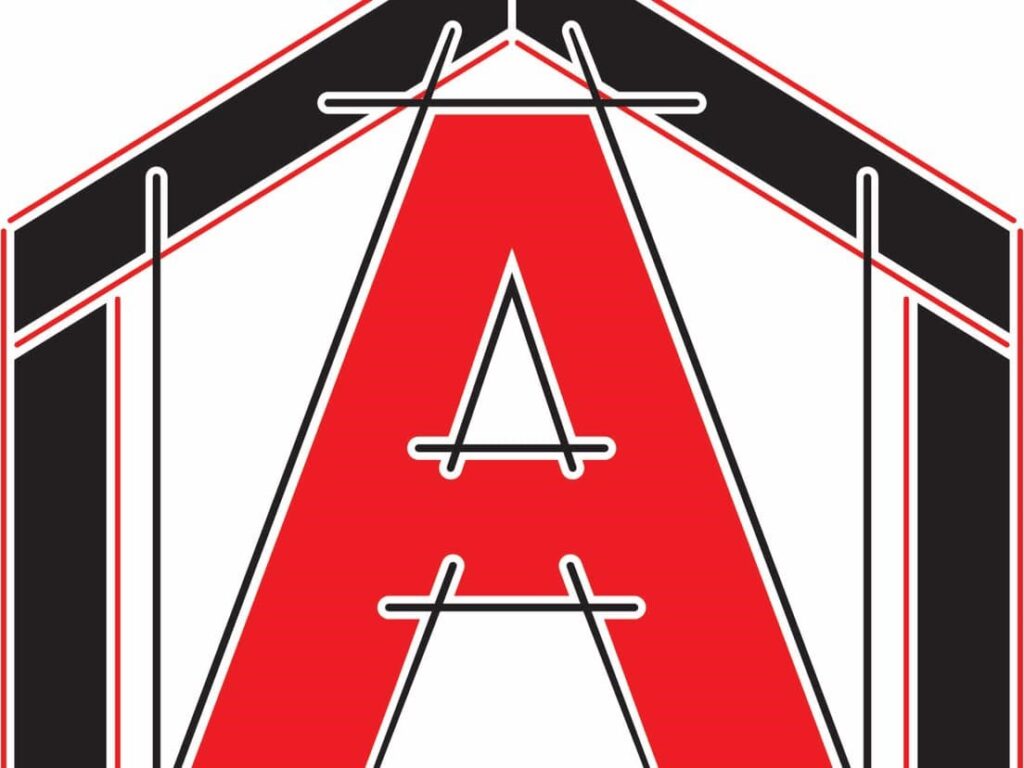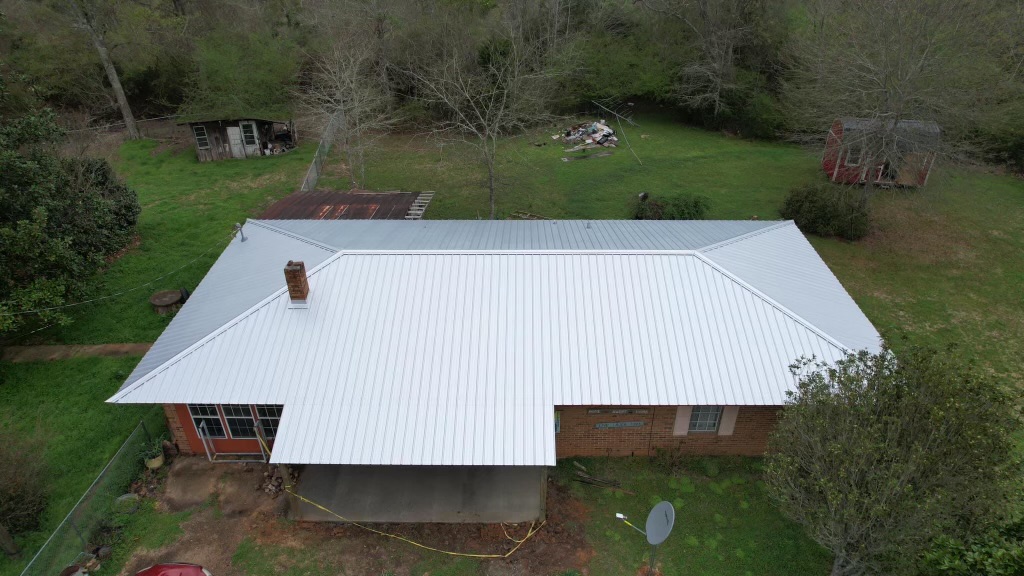Planning a metal building project requires careful budgeting. Costs can quickly add up, and without a clear financial plan, unexpected expenses may arise. Whether constructing a warehouse, workshop, or storage facility, a well-planned budget helps keep everything on track. Understanding the right approach to budgeting ensures an efficient and cost-effective build. Many metal building contractors in Mississippi offer insights into cost-saving strategies, making it easier to manage expenses while maintaining quality.
- Define the Project Scope Early
Every metal building project starts with a clear vision. Before setting a budget, determine the building’s size, purpose, and design features. Will it be a commercial facility, an agricultural barn, or a personal garage? Each structure has unique requirements that influence costs.
Having a detailed plan helps estimate expenses accurately. A well-defined project scope prevents last-minute changes that could increase costs. Work with professionals to assess needs and prioritize essential features. This approach ensures that the budget aligns with expectations from the start.
- Choose Cost-Effective Materials
The type of metal used in construction plays a significant role in pricing. Different grades of steel, coatings, and insulation materials impact costs. While high-quality materials improve durability, they can also stretch the budget. Finding a balance between quality and affordability is essential.
Opt for materials that offer long-term savings. For instance, energy-efficient insulation may have a higher upfront cost but reduces utility expenses over time. Galvanized steel resists rust and extends the building’s lifespan, lowering maintenance costs. Researching material options helps make informed decisions that benefit both budget and durability.
- Plan for Labor and Installation Costs
Labor costs can vary based on location, project complexity, and contractor expertise. Some builders offer full-service solutions, including design, fabrication, and installation, while others focus solely on assembly. Comparing different options helps in finding the best value.
A well-coordinated installation process minimizes delays and unexpected expenses. Scheduling work during off-peak seasons may also reduce labor costs, as contractors often offer better rates when demand is lower. Ensuring that the project timeline aligns with available resources leads to smoother execution and controlled spending.
- Account for Permits and Regulations
Building permits and zoning regulations add to overall expenses. Local authorities may require specific permits based on structure size, location, and usage. Failing to account for these costs early on can cause delays and additional fees.
Before starting construction, research local building codes and permit requirements. Some areas have stricter regulations that influence design choices. Consulting with professionals familiar with local guidelines prevents costly modifications later. Factoring in these expenses ensures a more accurate budget and avoids surprises.
- Include a Contingency Fund
Unexpected costs are common in construction projects. Weather delays, material price fluctuations, or design adjustments can impact the budget. Setting aside a contingency fund helps cover these expenses without disrupting the project.
A good rule of thumb is to allocate 10–15% of the total budget for unforeseen costs. This financial cushion provides flexibility to handle challenges without cutting corners. A well-prepared budget always includes room for adjustments, ensuring that the project stays on track despite minor setbacks.
Consider Long-Term Maintenance Costs
Budgeting doesn’t stop once construction is complete. Planning for long-term maintenance ensures the building remains in good condition without unexpected repair costs. Regular inspections, cleaning, and protective coatings extend the lifespan of metal structures. Choosing durable materials and weather-resistant finishes reduces upkeep expenses over time.
Energy-efficient upgrades, such as proper insulation and ventilation, also contribute to long-term savings. While these features may require a higher initial investment, they lower heating and cooling costs, making them a cost-effective choice in the long run. Factoring in maintenance from the beginning helps avoid costly surprises down the road.
Compare Different Financing Options
Financing a metal building project requires exploring different funding sources. Some business owners and individuals prefer paying upfront, while others opt for financing plans or construction loans. Understanding available options helps in choosing a plan that aligns with financial goals.
Many lenders offer special financing for commercial and agricultural metal buildings. Comparing interest rates, loan terms, and repayment schedules ensures a manageable budget. Working with professionals who understand construction financing provides guidance in selecting the best financial strategy for a successful project.
Optimize Design for Cost Efficiency
A well-planned design can significantly impact overall expenses. Simple, functional layouts reduce material and labor costs while still meeting project needs. Choosing a standard building shape, such as a rectangular structure, minimizes waste and speeds up construction.
Custom features like skylights, mezzanines, or specialized doors add value but also increase costs. Prioritizing essential design elements and avoiding unnecessary complexities helps maintain the budget. Working with experts to create a cost-effective design ensures efficiency without sacrificing quality.
Final Thoughts
Budgeting for a metal building project requires careful planning and informed decision-making. For those looking to start a project, working with experienced metal building contractors in Mississippi ensures a smoother process. Their expertise provides valuable insights into budgeting, construction techniques, and long-term cost savings. Ready to take the next step? Connect with industry professionals today to bring your vision to life.

